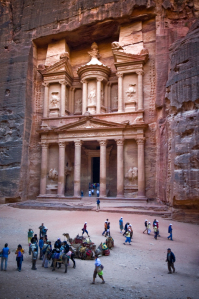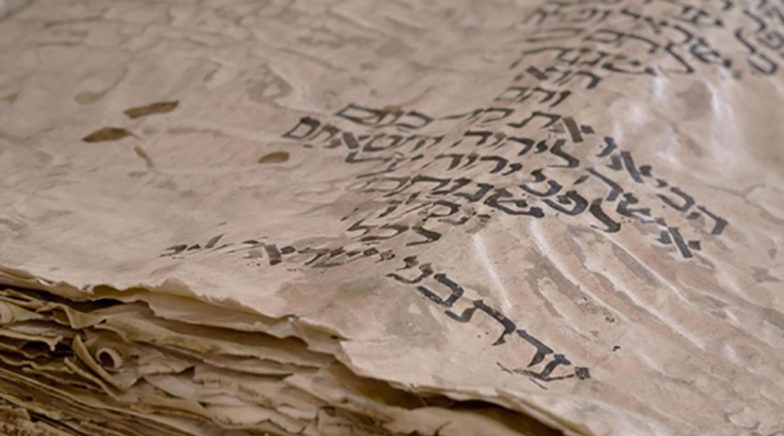Sifting Fact from Fiction in Biblical Archaeology

But a little healthy skepticism can keep believers from falling for and disseminating misleading claims. In this month’s Reasons newsletter, theologian and RTB staffer Krista Bontrager offers tips for sifting genuine archaeological discoveries from tabloid fodder. Here’s a recap.
Ask questions:
- How was the research conducted and documented?
- What are the credentials of the scientist(s) in charge of the dig?
- Have other scholars verified the research results?
Do a little research:
- If the claim sounds too good to be true, look for further validation from responsible sources before touting the discovery as evidence of biblical truth.
- Find out which journals, if any, have published the research related to the discovery.
- Check out respected websites like Biblical Archaeology Review and Bible Places to see what they say about the find.
Fortunately, there are plenty of legitimate discoveries out there to support Scripture without resorting to wild claims.
- Shekhem and Gath: Just this July, Yahoo! News posted articles on digs around these two ancient cities, both of which appear prominently in the Old Testament. RTB founder Hugh Ross discusses the positive support this research provides for the Bible on the July 22 episodeof Science News Flash.
- Real Life “Atlantis”: Archaeologist Jeffrey Rose’s theory about civilizations submerged in the Persian Gulf backs up Genesis’ descriptions of both the Garden of Eden and Noah’s flood. Hugh gives the details on Today’s New Reason to Believe and Science News Flash.
- James Ossuary: This find caused controversy when certain groups declared the ossuary (burial box) to be a fake. Further investigation appears to prove them wrong—the ossuary is a legitimate find. RTB has covered the James Ossuary debate in a previous Reasons article by RTB apologist Greg Moore and most recently in Krista’s Take Two guest post.
- Dead Sea Scrolls: Last year, I had an opportunity to tour an exhibit at Azusa Pacific University featuring Dead Sea Scroll fragments. The exhibit inspired me to do a little research to find out what role the scrolls play in the issue of biblical inerrancy—turns out these artifacts were a big boost to the case for inerrancy.
- Existence of Edom: In 2009, archaeologists reported the discovery of a copper mine that supports biblical accounts of Edom, the land where Esau’s descendents settled. RTB astrophysicist Jeff Zweerink covered this finding on Today’s New Reason to Believe.
- Hezekiah’s Tunnel: Radiometric dating of the tunnel built by Israel’s King Hezekiah affirms the Bible’s historical accuracy. The RTB scholars listed this finding as number eight among their “Top 10 Scientific Discoveries of 2003 that Support RTB’s Testable Creation Model” on Creation Update.
Biblical archaeology is exciting—even without any hype. In her article, Krista reminds us that “Christians must prize truth above all else.” Looks like it’s best to stick with the facts and leave the tall tales for the silver screen.
— Maureen
Resources: Reasons Institute’s Biblical Archaeology course starts October 24. Register now at www.reasonsinstitute.com.
If you’d like to receive our free Reasons newsletter, call (800) 482-7836 to get on the mailing list.





